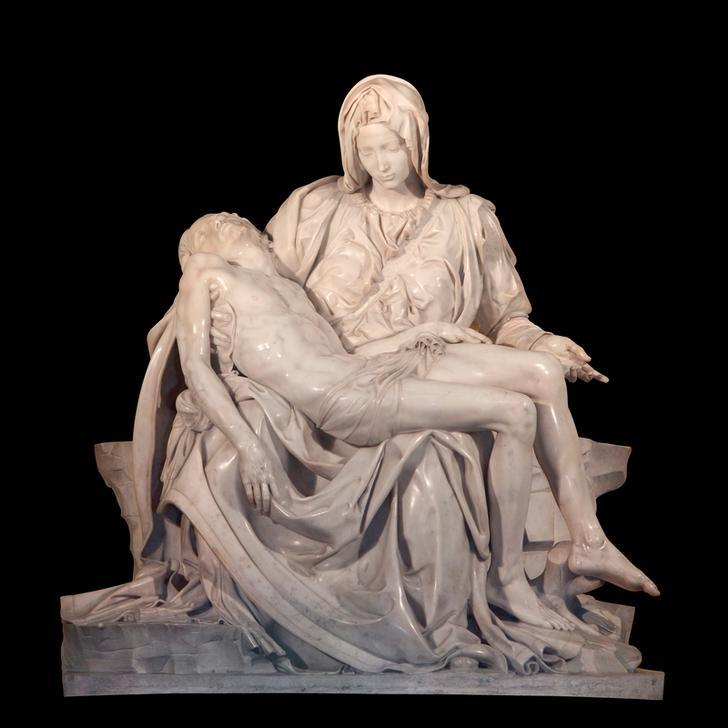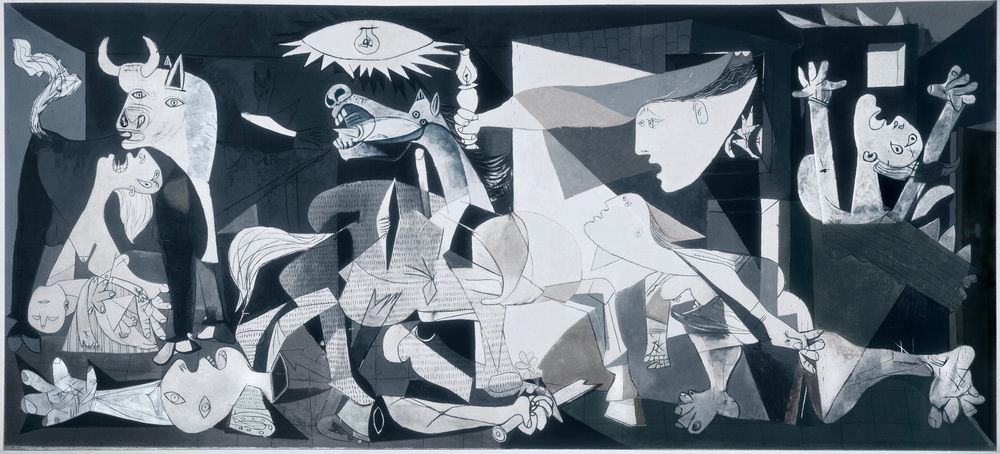Attacks on Art
Following the attempt to damage the Mona Lisa, we look at other attacks on famous works
30 May 2022

Her enigmatic smile has beguiled viewers for centuries, but the Mona Lisa is not loved by everyone. Catapulted to international superstardom in 1911 when she was stolen from the Louvre - both Pablo Picasso and the French poet and art enthusiast Guillaume Apollinaire were arrested as suspects - she was eventually found in the possession of one Vincenzo Perugia, who had been a temporary worker at the museum. Since then, there have been numerous attempts to destroy or damage the world's most famous artwork. In the winter of 1956, a homeless man threw a rock at the masterpiece because he wanted to go to prison for the warm bed. Acid was hurled at the painting while on view in a museum in Montauban, France, she had a near-miss with some red spray paint when on loan to the Tokyo National Museum, and a Russian woman, upset over having been denied French nationality, flung a coffee mug at the smiling visage. The custard smeared on her at the Louvre on Sunday proved to be no match for her bulletproof glass protection, and she continued to gaze out at viewers serenely if a little wearily.
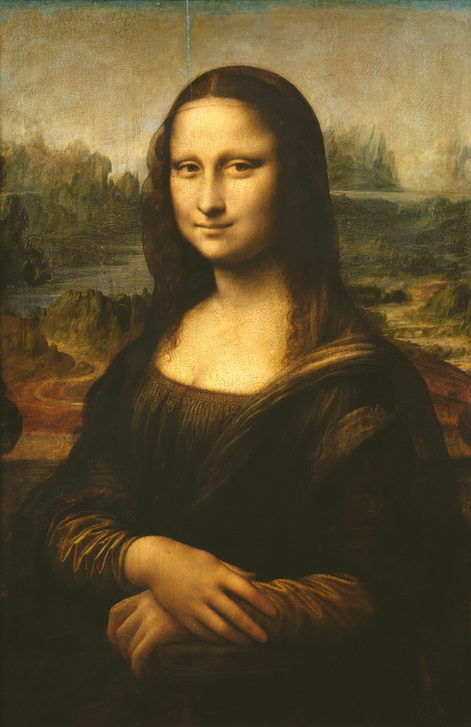
The Mona Lisa is not the only artwork to attract unwelcome attention. In 1972, Michelangelo's hauntingly beautiful Pieta was attacked with a rock hammer, shattering the tip of the Virgin’s nose, snapping her left arm, and damaging her cheek and left eye. Wielding the rock hammer was an unwell 33-year-old Hungarian-Australian geologist named Laszlo Toth, who was declared to be “socially dangerous” and hospitalized in Italy for two years before being deported to Australia. The sculpture was restored over a 10-year process during which Michelangelo’s alleged hidden signature was discovered. Today, the work remains on show in the Vatican behind bulletproof glass.
Diego Velázquez’s Rokeby Venus was attacked in 1914 by a Canadian woman named Mary Richardson, who was active in Emmeline Pankhurst’s Women’s Social and Political Union. Richardson entered the National Gallery of Art in London with a meat cleaver and slashed the backside of the Venus. The attack was to draw attention to the violent arrest of suffragette Emmeline Pankhurst, which had taken place the previous day. Richardson felt that any outrage about the destruction of the representation of a woman should be outweighed by the violence against a living one, stating “You can get another picture, but you cannot get a life.” The painting was restored successfully.
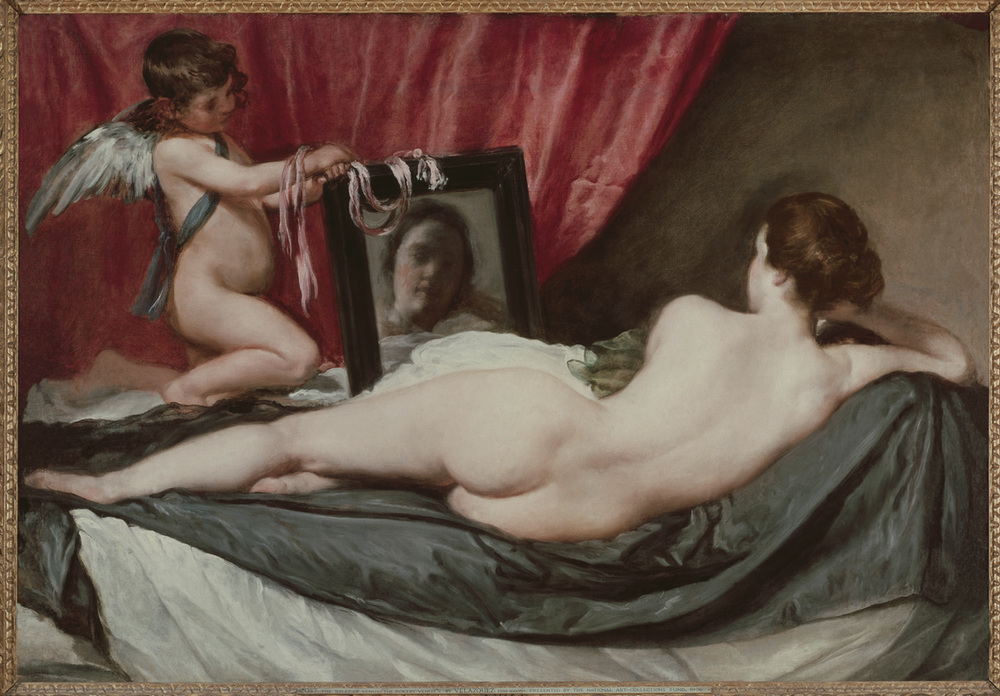
The colossal work of Rembrandt, The Night Watch, has been aggressively targeted on a number of occasions starting in 1911 when an unemployed Navy chef attacked it with a knife. The second attack by a former school teacher resulted in deep slashes to the canvas that a six-month restoration attempt could not completely undo. The most recent incident was in 1990 when an escaped mental patient concealed sulfuric acid in a spray bottle and aimed it at the painting, but quick-thinking guards were able to douse the work in water and the acid did not damage any paint below the varnish.
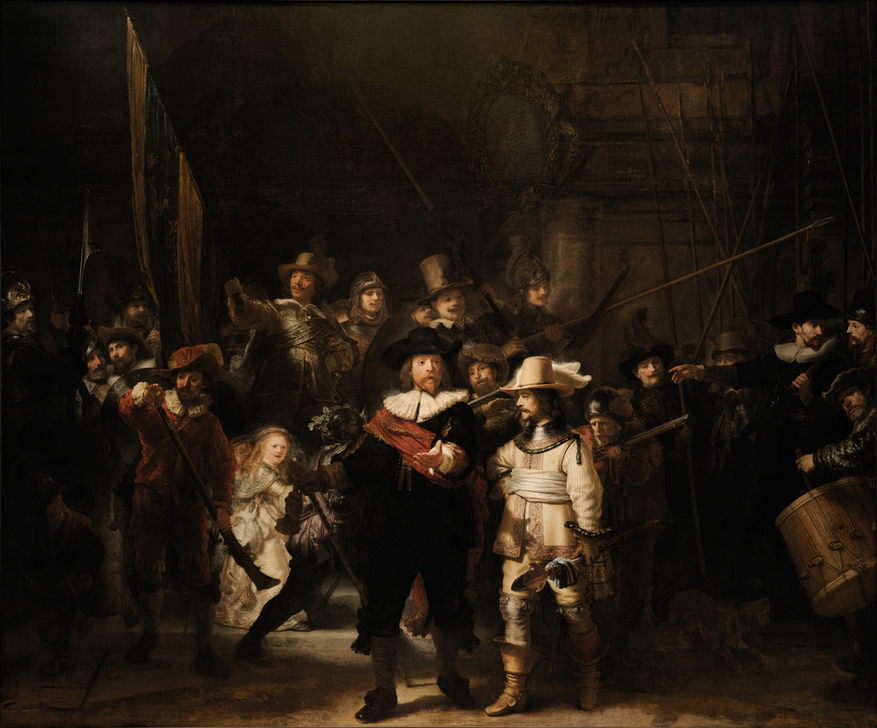
In 1974, art dealer and collector Tony Shafrazi walked into the Museum of Modern Art in New York with a can of red spray paint and scrawled the words “KILL LIES ALL” across the Picasso masterpiece Guernica. He explained to stunned onlookers that he was an artist, then requested that they call a curator. A conservator from the Brooklyn Museum just happened to be dining in the museum’s restaurant and was quickly dispatched to assist, and in just under an hour the unwanted paint was removed, with the painting's layer of varnish once again helping to save the day. Shafrazi was arrested on charges of criminal mischief but still managed to become a successful art collector and gallery owner in New York.
Barnett Newman’s Who’s Afraid of Red, Yellow, and Blue III , housed in the Stedelijk Museum in Amsterdam, had a mortal enemy in a disgruntled 31-year-old painter named Gerard Jan van Bladeren. In 1986 the painting was the crowning glory in a show that posed questions about what constitutes art, and Gerard Jan van Bladeren was adamant that this painting did not. He attacked it with a box cutter and ravaged the canvas, earning himself five months in prison. The museum received letters calling for the vandal to be made a director of modern museums, so it seems he wasn't alone in his disdain for this artwork. A conservator spent four years restoring the canvas but actually ruined it by painting over the entire thing with house paint.
In 1997, van Bladeren returned to the museum to finish the job he started 11 years earlier, but being unable to find Red, Yellow and Blue III, he took a knife to the nearest Newman he could find, Cathedra.

